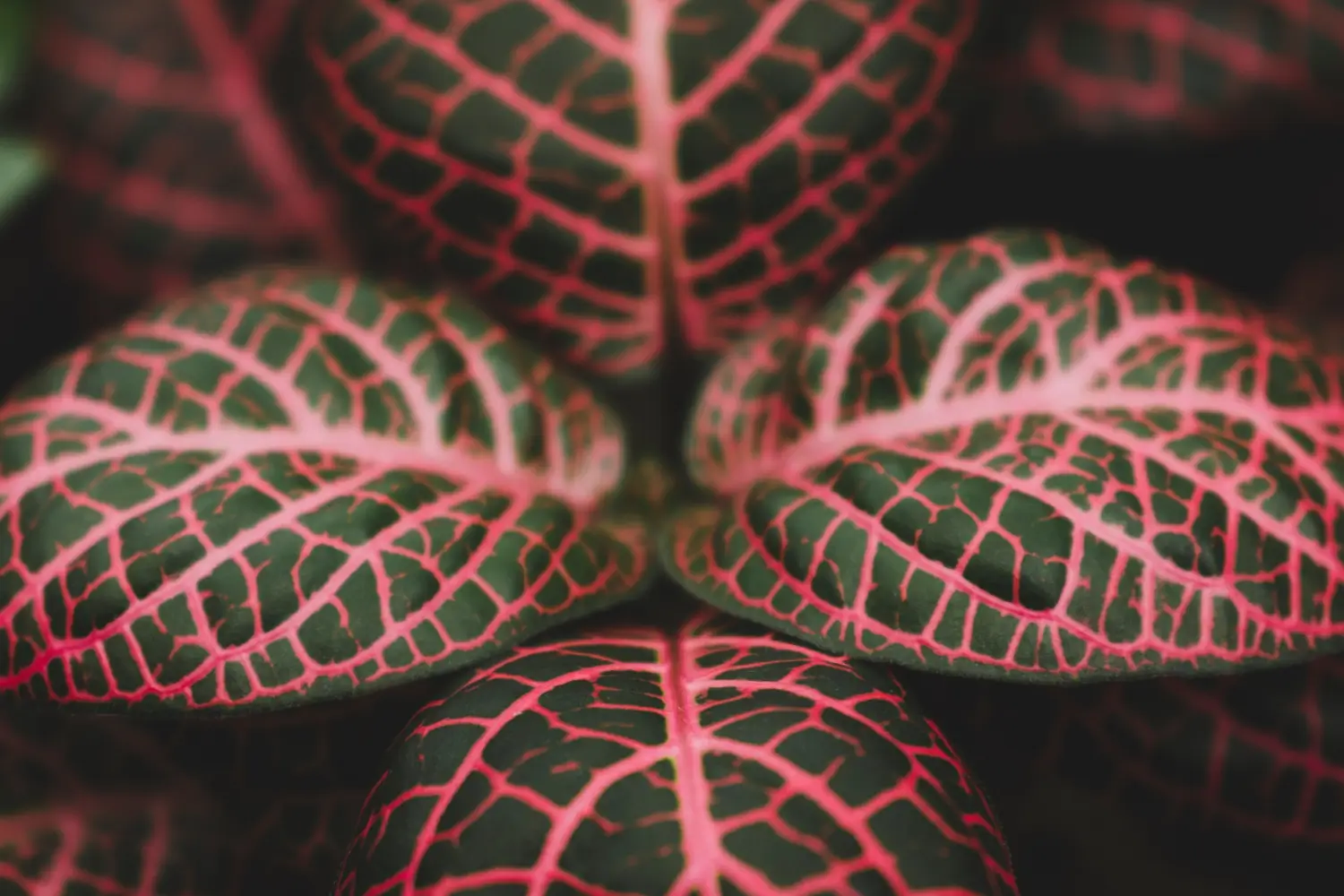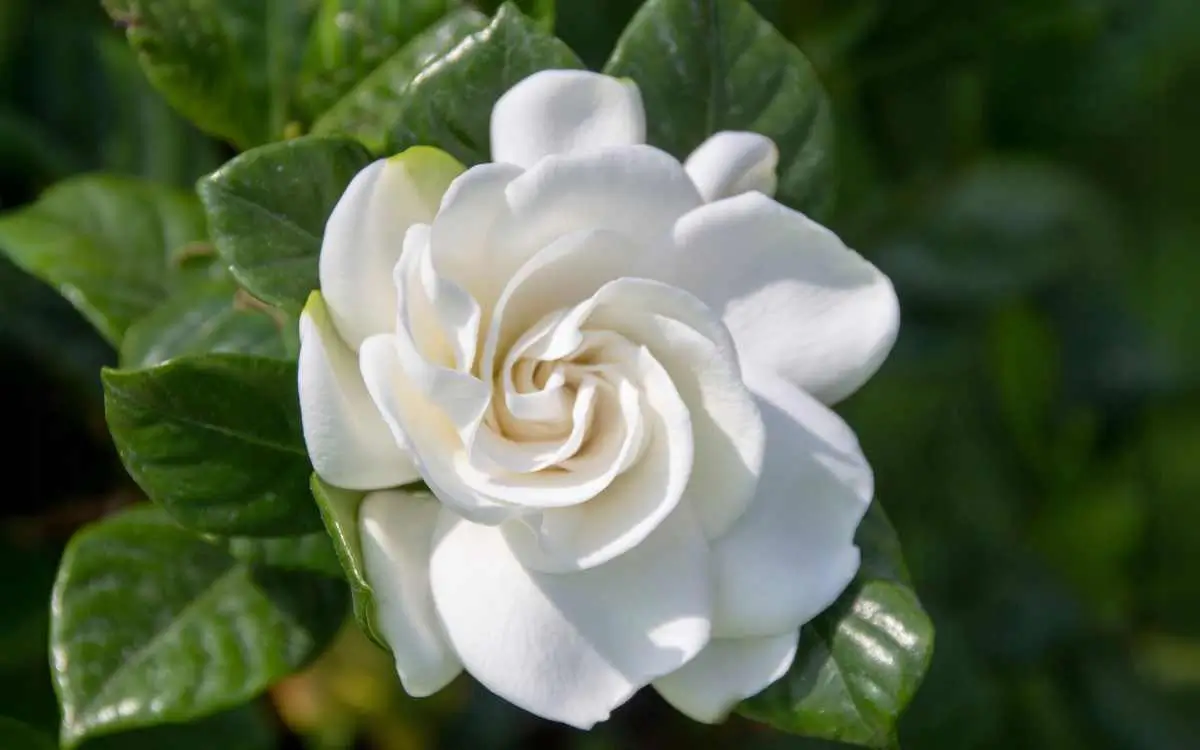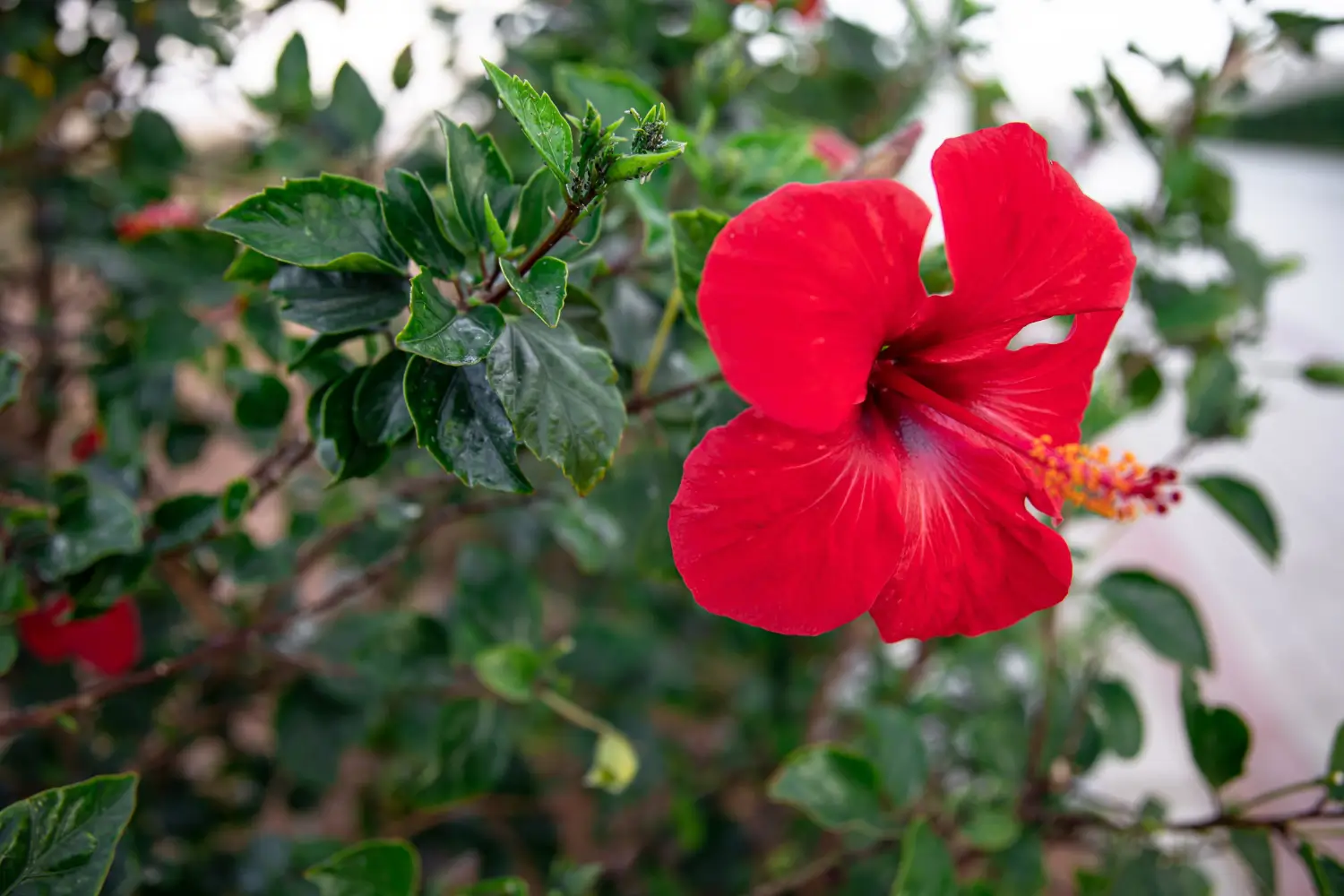
Soil Health & Fertilization
We unite suppliers and green industry professionals worldwide
Caladium is native to tropical South America, with Brazil being the principal area of origin. And despite its native roots, it has traveled the globe, achieving widespread cult status as an ornamental plant.
By Victor Miller
|Published on June 15, 2025


Have you had that feeling to add a splash of color to your garden and get it all done in a jiffy? You must get Caladium, or “Angel Wings” for its enormous heart-shaped leaves. A standout plant for shaded areas, this tropical beauty blooms in bright colors, including red, pink, white and green, in patterns that may make you wonder if you're staring at a canvas instead of a plant.
Caladium is native to tropical South America, with Brazil being the principal area of origin. And despite its native roots, it has traveled the globe, achieving widespread cult status as an ornamental plant. Caladiums were once very popular as ornamental foliage in Victorian gardens, and their popularity has only been growing. With their striking, lovely leaves and relatively easy-care maintenance, these plants are perfect for gardeners of all experience levels. And they can absolutely light up the darkest spot in the garden. Well, enter the world of Caladium and learn how you can grow and care for these plants in your own space!
| Common name | Caladium, Angel Wings, Elephant Ear |
| Botanical name | Caladium bicolor |
| Type | Tuberous perennial |
| Mature Size | 12–30 in. tall and 12–24 in. wide |
| Bloom Time | Summer (though often grown for foliage) |
| Flower Color | Pale green to white (inconspicuous) |
| Autumn Leaves | Leaves die back before winter dormancy |
| Light Requirements | Partial to full shade (some cultivars tolerate filtered sun) |
| Soil Type | Rich, moist, well-drained soil |
| Hardiness Zones | 9–11 (grown as annual or lifted in colder zones) |
| Toxicity | Toxic to pets (contains insoluble calcium oxalates) |

September 25, 2025
9 minute read
September 24, 2025
9 minute read
September 23, 2025
10 minute read
September 22, 2025
9 minute read


Join as a seller and connect with thousands of B2B buyers nationwide!
Sign Up
Caladium care is easier than you may think. These plants are very low maintenance, provided you give them the right environment. It’s like having a roommate who just wants a low-maintenance cozy space. Follow a few simple steps, and you’ll have this tropical beauty living large in no time.
Let’s talk about lighting. If you are a shade-loving gardener (or have those difficult darker areas of your garden), then Caladium is your new BFF. They tolerate anything from partial to full shade, so don’t be concerned about frying those soft leaves in the hot sun. Too much sun, however, and you may see yellow leaves or burnt edges. It’s like getting sunburned on a dream vacation to the tropics—no one wants to live through that!
To truly flourish, however, Caladium needs light, well-aerated, slightly acidic soil. Think of it like the ideal bed — loose, fluffy and just the right temperature.
Caladium is a fan of regular watering, but it’s a Goldilocks situation—not too much, not too little, but right in the middle! These plants prefer their soil to be moist but not soggy. If you’re not sure whether to water, check the top inch of soil. If you dry, then it is time for a drink. But don’t go drowning it—no one wants an overthirsty plant!
Pruning Caladiums is a straightforward but rewarding gardening task. They do not need cuts, but trimming off damaged or yellow leaves will keep your Caladium looking fresh and vibrant. It’s like a mini plant spa day—you’re allowing your Caladium to use its energy to develop new, healthy leaves instead of expanding it on those old, tired ones.
When pruning, use clean, sharp scissors or pruning shears. If leaves that are browning or yellowed near the base, carefully trim them away. Not only does this assist in the health of your plant but it ensures that your Caladium remains tidy and well-kept. And pruning can stop disease from advancing, so it’s win-win! It’s like giving your plant a reset and a chance to look its best.
For plant parents ready to spread the Caladium love, tuber division is the method to use. Now you know how relatively simple, and fun, it can be to propagate your favourite tropicals—before you know it, you will have Caladiums galore to share with your friends! The ideal time to do this is in the fall when the plant has completed its growth period for the year.
First, gently remove the tuber from the soil. Next, cut the tuber into smaller pieces, making sure each piece has an "eye" or bud that will develop into a new plant. Replant each section in fresh soil, give it a light watering and place it in a warm, shaded spot until you notice new growth. It’s like starting your own Caladium society—only the most fabulous plants are allowed!
Caladiums make wonderful container plants, adding tropical pops of color indoors or around your garden. Since you can grow them in pots, you have the freedom to display their beautiful foliage anywhere you want. Whether it’s a corner indoors that is nice and cozy or a patio with some shade, a pot will do wonders.
Select a pot with adequate drainage that is no less than 10-12 inches in diameter. No one likes to pick a puddle of water, and Caladium's the one! For the soil, select a well-draining mix—something marketed for tropical plants, or even cactus soil works great. Water three young plants regularly, keeping the soil just slightly moist, but never soaked. Set the pot in a spot with bright, indirect light — too much direct sunlight and those leaves will get sunburned. Caladiums are basically the introverts of the plant world — they like their personal space with just a sprinkle of spotlight.
If you live in a colder climate, your Caladium needs a break in winter. But don’t panic - you won’t have to say goodbye forever. It is easy to overwinter Caladium! The trick is to harvest the tubers before the first frost arrives. Gently water them, allow them to dry for a few days, and then keep them somewhere cool and dry, like a basement or a closet.
Only after spring, when it is warm, can you plant those tubers back into the ground and see your Caladium blossom once more. It’s sort of like taking your plant on a winter holiday, and when it’s time to come back, it’s all fresh and ready to impress.
Caladiums do have blooms, but few people are growing them for the flowers. Those tiny, shy little white blooms are insignificant, almost as if they realize their brilliant foliage steals the show. Their flowers are produced in late summer or early fall, but don’t expect much from those bold, heart-shaped leaves. It’s like background vocalists at a rock concert — it’s nice to have, but the lead guitarist (leaves!) is the focus.
If you are fortunate enough to see them in bloom, enjoy the tiny flowers, but don’t be surprised when they quickly retreat to the background, letting those colorful leaves reclaim the spotlight.
And even the simplest plants may have some problems from time to time. Sunlight and water are usually the two biggest issues with Caladium. Yellowing leaves? It might be due to overexposure to sunlight or overwatering—and when you think about it as the plant equivalent of taking too many beach vacations or hot showers, it's not so alarming. Ensure your Caladium receives the right amount of shade, and regulate watering to make sure that you are not overdoing it.
Brown tips? That may be a sign that your Caladium is a bit thirsty. Give it a drink, just not when the soil is soaking wet — plants appreciate balance, after all.
And, as with any plant, aphids, spider mites and mealybugs may try to crash the party. But don’t worry — if you see any unwanted guests, you can easily treat them with insecticidal soap or neem oil. Monitoring for pests and adjusting care as needed will help your Caladium stay healthy and happy! It’s like a tiny plant detective work—prevent those unwelcome intruders!
Absolutely! Caladiums are ideal for bright, indirect light indoors. Just keep in mind, they require many humidity, so do not hesitate to mist or make use of a humidifier.
Plant it in partial to full shade, water regularly, and feed it with a balanced fertilizer during the growing season to keep those leaves as colorful as possible!
In the colder months, Caladium will have to be dug out of the ground and stored indoors. In warmer zones, they can live outside all winter long.

Soil Health & Fertilization
Victor Miller

Pest Identification & Prevention
Victor Miller

Lawn Care Tips & Maintenance
Victor Miller

Soil Health & Fertilization
Victor Miller

Smart Irrigation Systems
Victor Miller

Patios, Walkways & Driveways
Victor Miller

Soil Health & Fertilization
Victor Miller

Pest Identification & Prevention
Victor Miller
My Account
Our team is always here to help.
We are open Monday - Friday, 9:00 AM to 4:30 PM PST.



